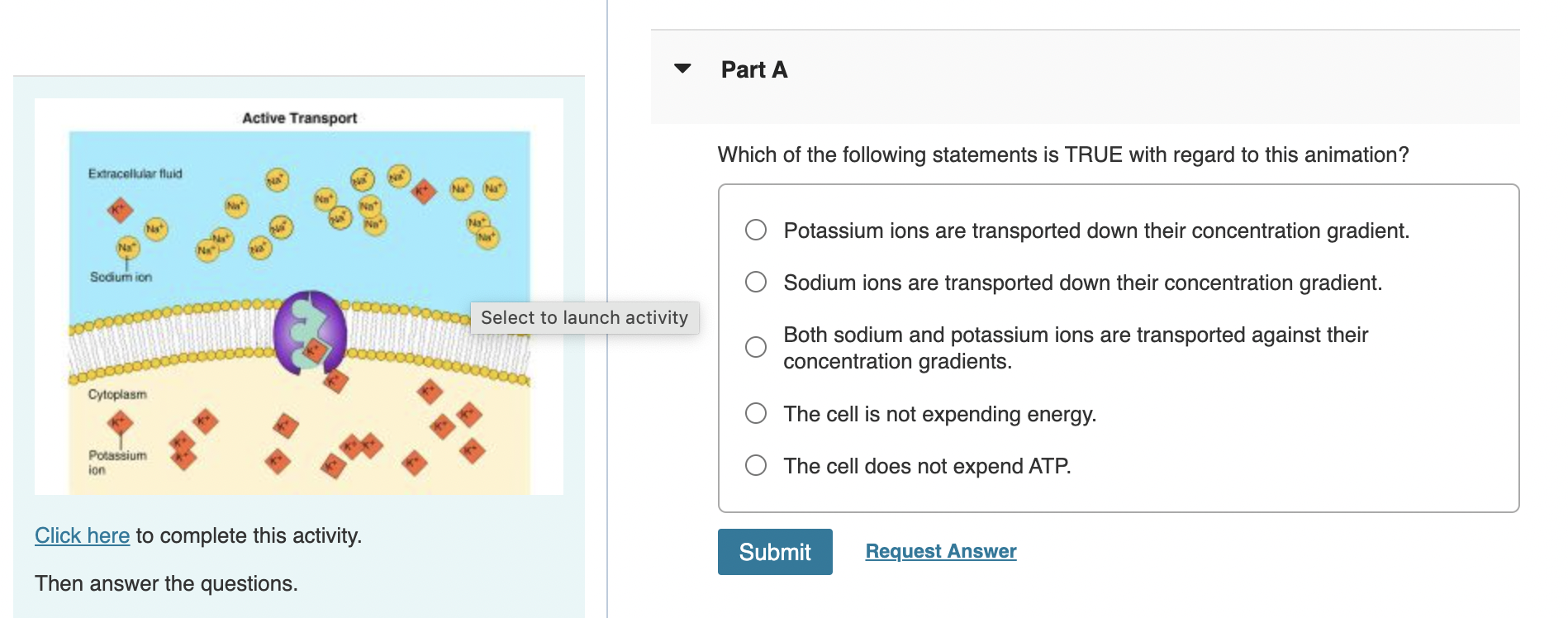Which Statement Is True About The Transfer Feature

Imagine a world where connecting with the right person is seamless. No more endless holds or frustrating transfers. Where every call feels like a warm handshake leading to the exact solution you need. This vision is closer to reality than you think, thanks to advancements in communication technology, but navigating the nuances of the "transfer feature" can still feel like a maze.
This article aims to shed light on the often misunderstood, yet crucial, transfer feature in modern communication systems. We'll debunk common misconceptions, clarify its capabilities, and explore how it truly empowers both businesses and individuals to enhance their connectivity and resolve issues efficiently. The goal is to answer definitively: Which statement is true about the transfer feature?
The Transfer Feature: A Deep Dive
The transfer feature, at its core, is a function that allows a user on a phone system to connect a call to another extension or phone number. This sounds simple enough, but the details are what truly matter. Understanding the different types of transfers and their implications is critical.
Types of Transfers
There are primarily two types of transfers: blind transfers and attended transfers. The difference between the two significantly impacts the caller's experience. Each serves a unique purpose.
A blind transfer, also known as a cold transfer, is when the initial user transfers the call without announcing the caller to the intended recipient. This type of transfer is quick. It is best used when the initial user is confident that the recipient can assist the caller without further information.
An attended transfer, or warm transfer, involves the initial user speaking to the recipient before transferring the call. This allows the initial user to provide context and ensure the recipient is prepared to handle the caller's needs. This generally leads to a smoother and more personalized experience for the caller.
Misconceptions and Realities
One common misconception is that all transfer features are created equal. In reality, the capabilities and functionalities of transfer features can vary greatly depending on the phone system or platform. Some systems offer advanced features like consultative transfers, which allow the initial user to put the caller on hold while consulting with the recipient, while others are more basic.
Another misconception is that a transfer feature always guarantees a successful connection. There are various factors that can affect the outcome, such as the availability of the recipient, network connectivity issues, or incorrect extension numbers. It is crucial to have backup procedures in place to handle unsuccessful transfers gracefully.
A statement that is often true, but not always, is that the transfer feature reduces hold times. While efficient transfers can certainly minimize the time callers spend waiting, poorly executed transfers can actually increase frustration. This is particularly true if the caller is repeatedly transferred to the wrong departments or individuals.
The True Power of Transfers
When used effectively, the transfer feature can significantly enhance customer service and improve operational efficiency. Imagine a customer calling with a complex technical issue. Without a transfer feature, the initial representative might struggle to provide adequate assistance, leading to frustration and dissatisfaction.
However, with a well-implemented transfer feature, the representative can quickly connect the customer to a specialized technician who has the expertise to resolve the issue. This not only saves time but also ensures that the customer receives the best possible support.
Furthermore, the transfer feature can streamline internal communication within an organization. Employees can easily connect colleagues with the appropriate expertise, facilitating collaboration and problem-solving. This can be particularly valuable in larger organizations where employees may not be familiar with the specific roles and responsibilities of all their colleagues.
Data and Statistics
According to a report by the International Customer Management Institute (ICMI), companies that prioritize efficient call routing and transfers experience a 15% increase in customer satisfaction. This highlights the direct correlation between a well-functioning transfer feature and positive customer outcomes. The report also indicates that attended transfers lead to higher resolution rates compared to blind transfers, demonstrating the importance of providing context to the recipient.
Data from Statista reveals that the average call abandonment rate is significantly lower for companies that utilize advanced call center features, including intelligent transfer capabilities. This suggests that customers are more likely to remain on the line when they perceive that their call is being handled efficiently and professionally.
"The key to a successful transfer lies in understanding the caller's needs and ensuring a seamless transition to the appropriate resource," says Sarah Miller, a customer service consultant at Acme Consulting.
Miller emphasizes the importance of training employees on how to effectively use the transfer feature and providing them with the necessary tools to identify the best recipient for each call. This includes access to directories, knowledge bases, and other resources that can help them make informed decisions.
The Human Element
While technology plays a crucial role in facilitating transfers, the human element should not be overlooked. A friendly and helpful tone can make a significant difference in the caller's overall experience. Representatives should always apologize for any inconvenience caused by the transfer and reassure the caller that they are being connected to someone who can assist them.
It is also important to be mindful of the caller's time and avoid unnecessary transfers. Before transferring a call, representatives should take the time to understand the caller's issue and ensure that the recipient is indeed the most appropriate person to handle it. A brief explanation of why the call is being transferred can also help to manage the caller's expectations and reduce frustration.
Ultimately, the goal of the transfer feature is to connect people effectively. It's not just about moving a call from one extension to another; it's about ensuring that the caller's needs are met in a timely and efficient manner. This requires a combination of technology, training, and a genuine commitment to providing excellent customer service.
Conclusion: The True Statement
So, which statement is definitively true about the transfer feature? It's not as simple as one single answer. The most accurate statement is this: The transfer feature, when implemented and used effectively with consideration for the caller's needs, is a powerful tool for enhancing communication, improving customer satisfaction, and streamlining internal operations.
It is the combination of technology, strategy, and the human touch that unlocks the true potential of the transfer feature. As communication technologies continue to evolve, understanding and optimizing this feature will be essential for organizations seeking to thrive in an increasingly connected world. It's about more than just transferring a call; it's about building connections and resolving issues with empathy and efficiency.

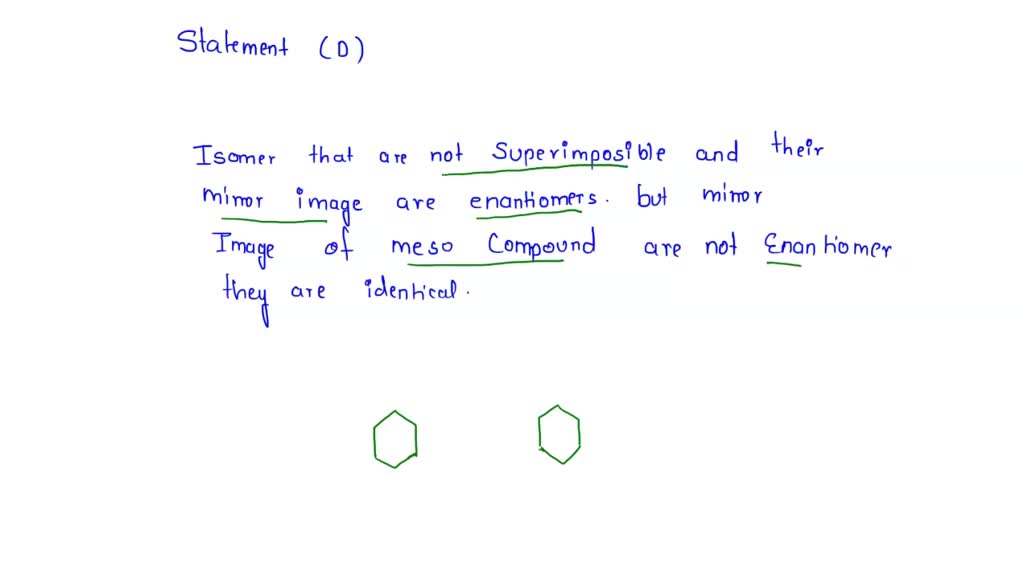


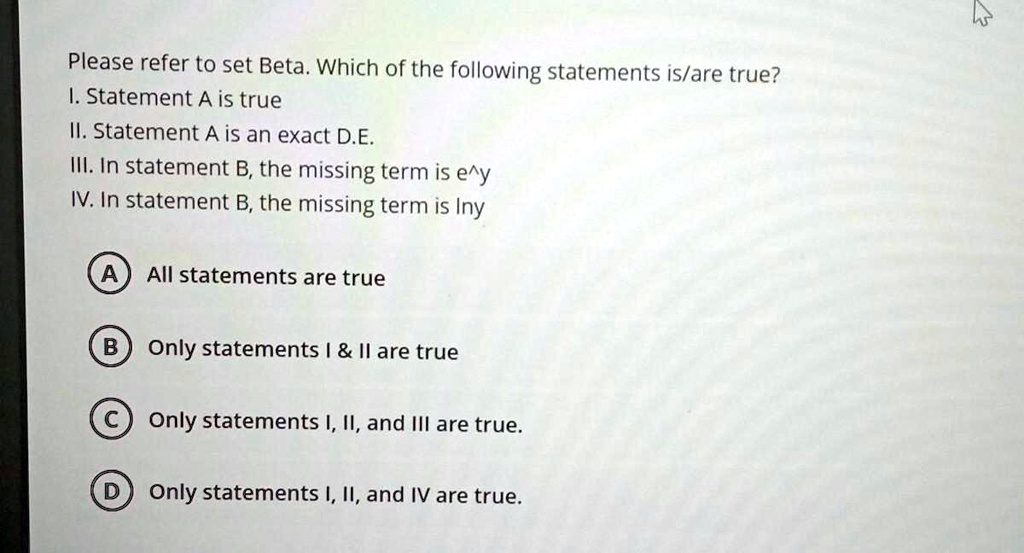
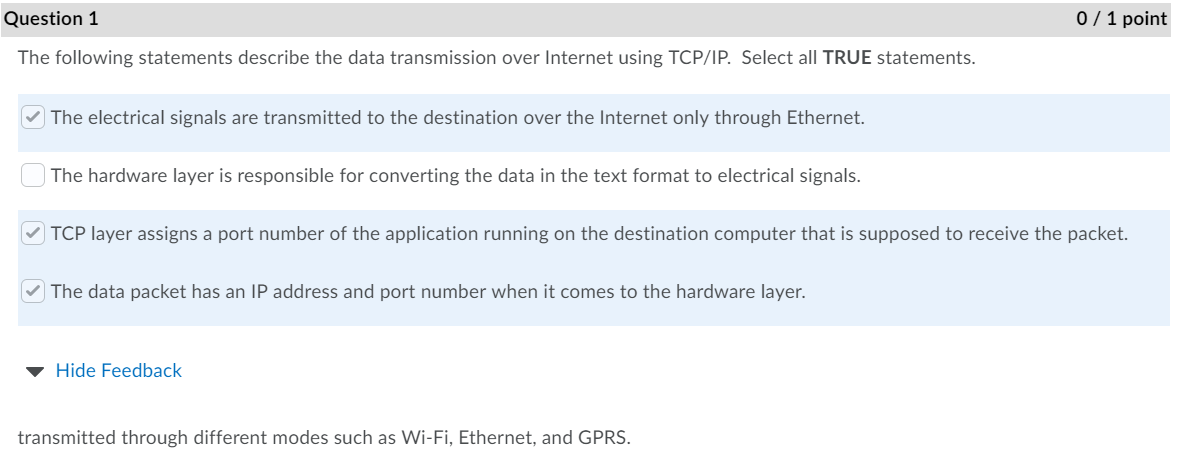

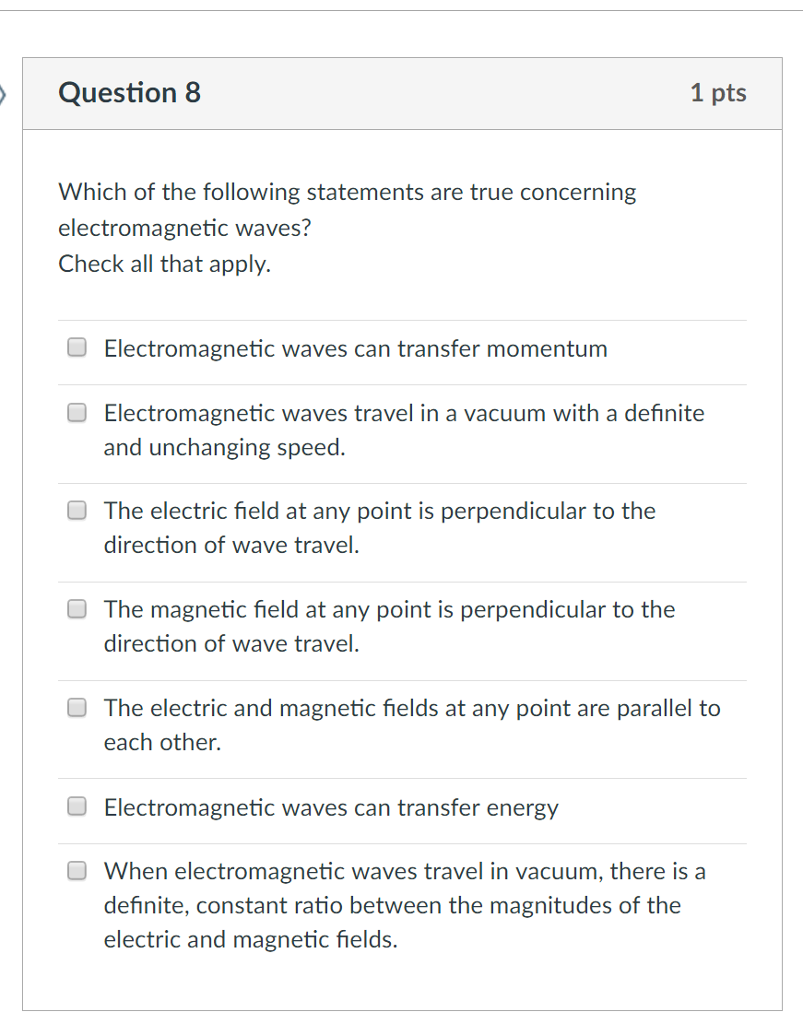
![Which Statement Is True About The Transfer Feature [FREE] Which of the following statements are true? Select all that](https://media.brainly.com/image/rs:fill/w:750/q:75/plain/https://us-static.z-dn.net/files/d90/4b39bc0aff46101f244979308f0c2630.png)
![Which Statement Is True About The Transfer Feature [FREE] Select the correct answer. Determine which statement is true](https://media.brainly.com/image/rs:fill/w:640/q:75/plain/https://us-static.z-dn.net/files/d5e/a795ebdc41c38ea5c0b6aaa8c3cc788b.png)




